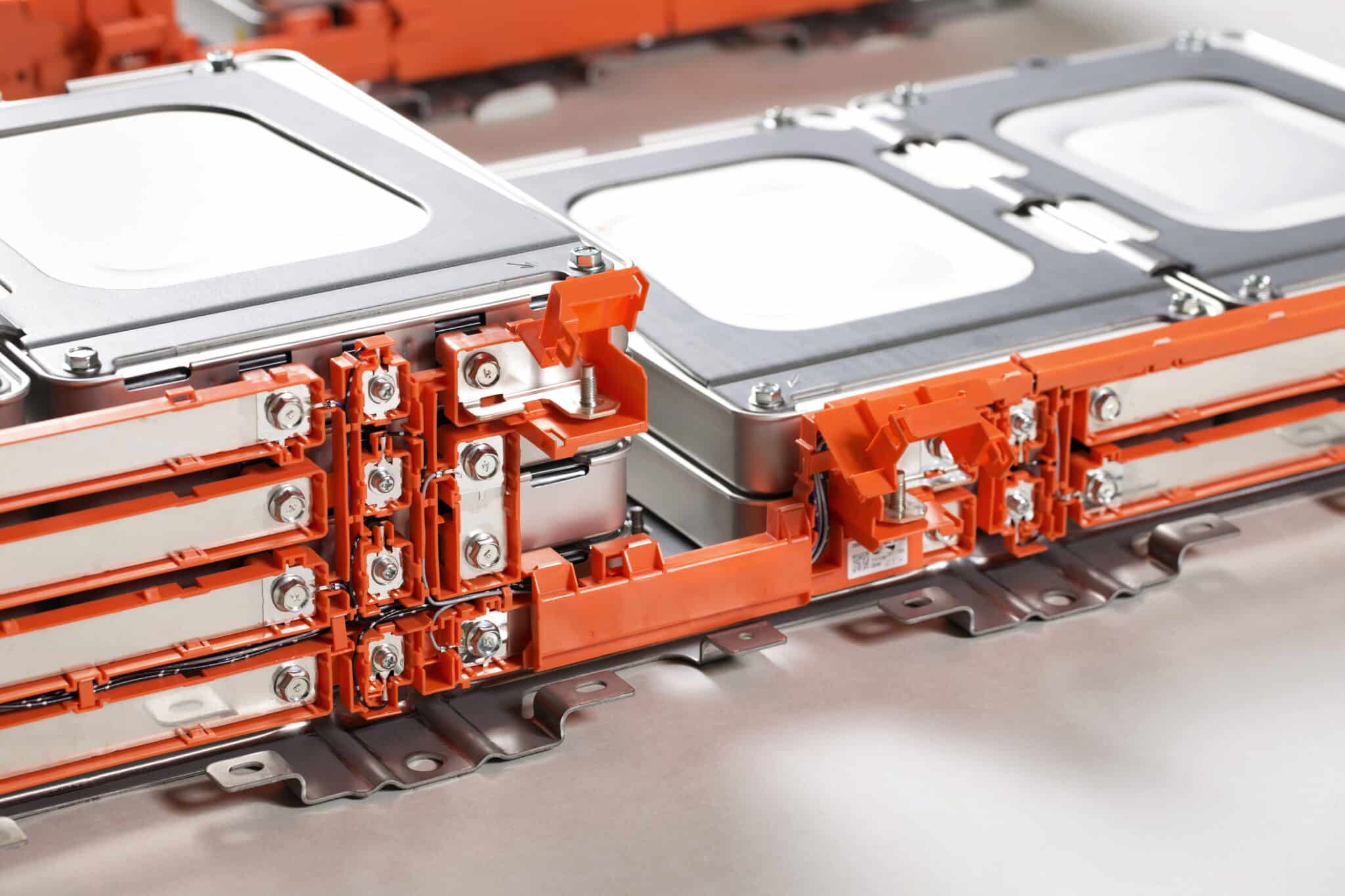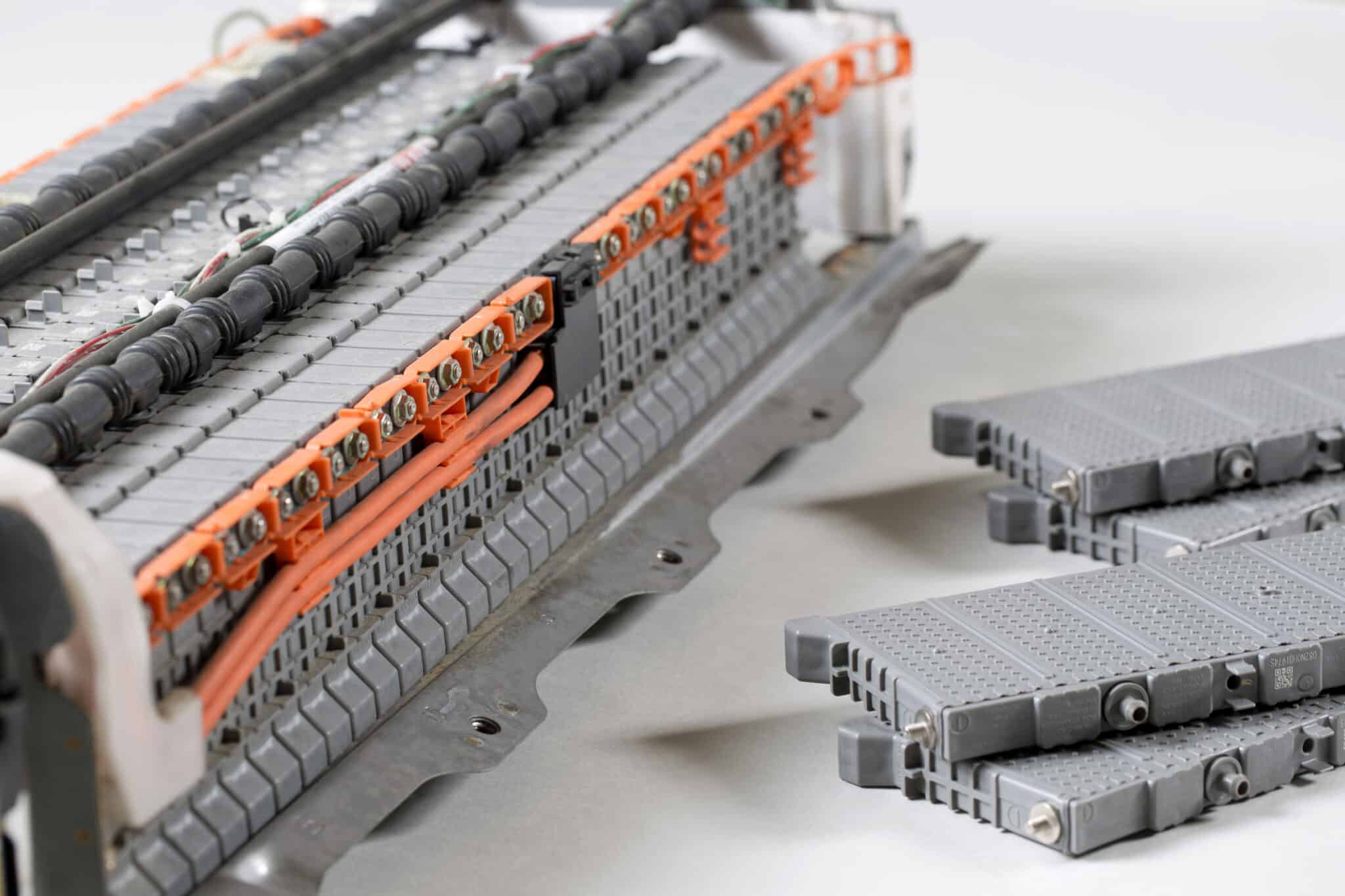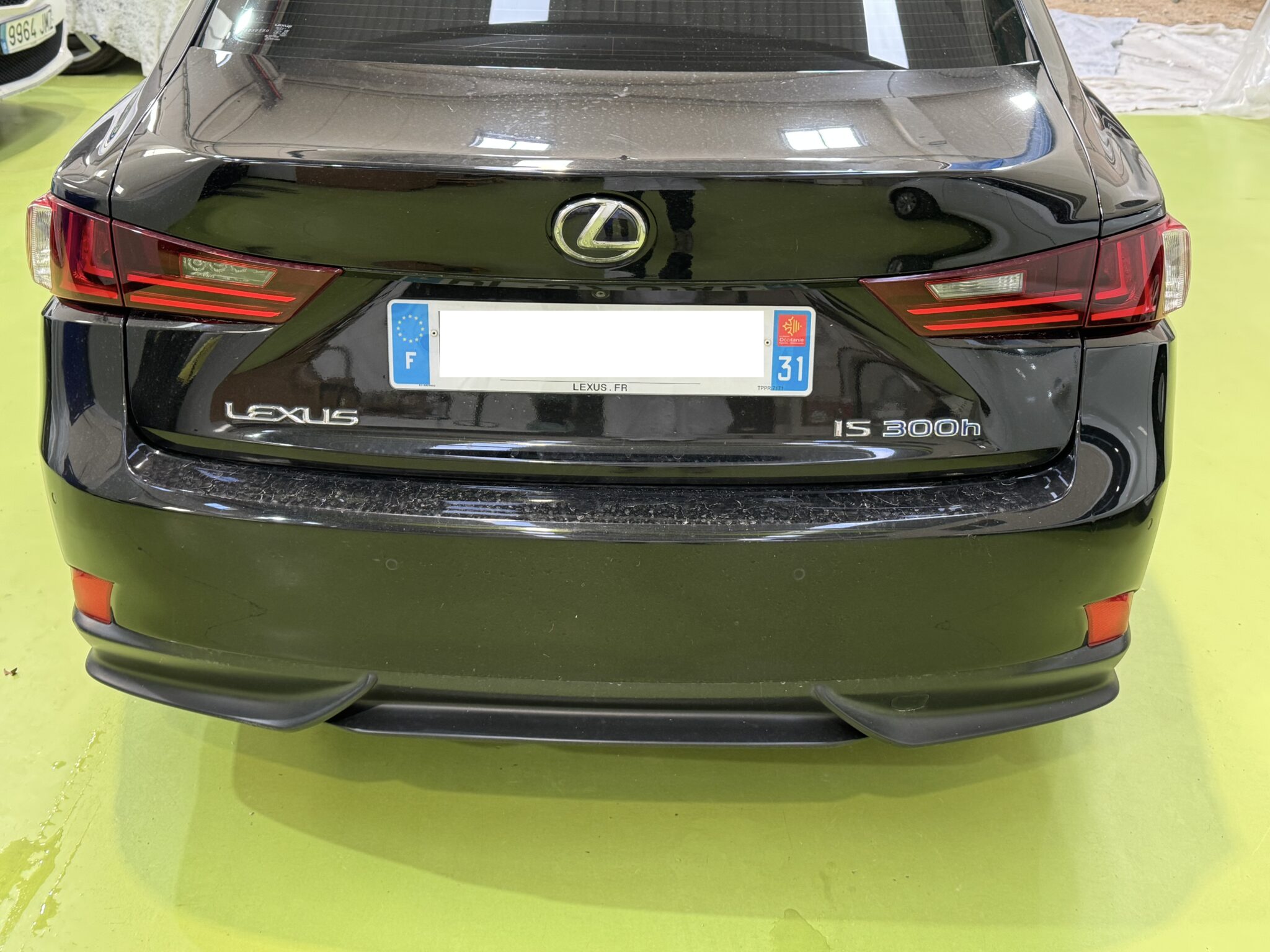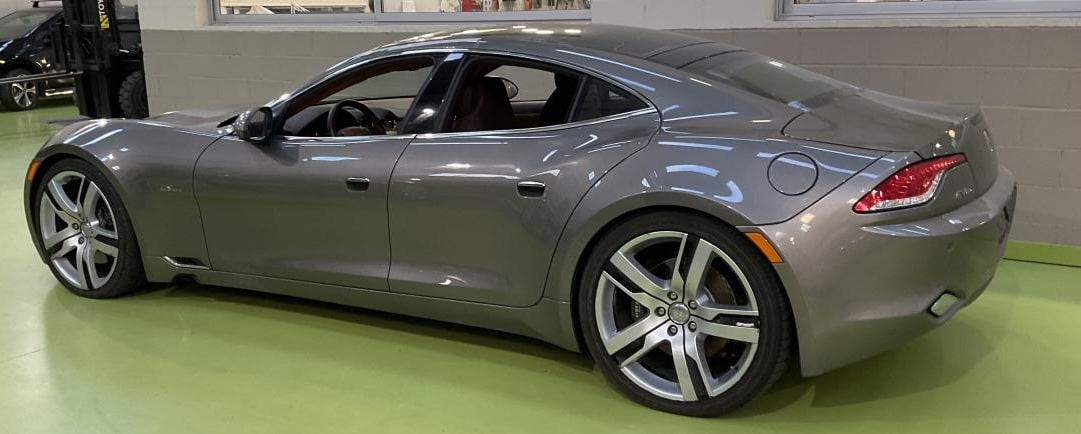Battery
We use the term in relation to the individual physically solid batteries forming the pack (e.g. 6-cell, 7.2V Battery or 8-cell, 9.6V Battery).
Battery Electric Vehicle (BEV)
An all-electric vehicle propelled by an electric motor powered by energy stored in an on-board battery.
Battery Internal Resistance
With age internal impedance of the individual battery may rise affecting its performance. It is also a contributing factor to the self-discharge during storage. Our Analyser visually reveals batteries with increased resistance during charge mode.
Battery Pack
Battery Pack could consist of a number of batteries assembled together inside metal enclosure. Battery Pack normally would have Battery Electronic Control Unit (Battery ECU) inside that enclosure, relays, connectors, bus bars, temperature sensors, fuses, resistors and cooling fan forming part or closely connected to that enclosure. Chemistry, number and type of batteries inside the pack differ according to the vehicle manufacturer, car make and model. For example in Toyota Prius NHW-20 there are 28 NiMH 7.2V batteries, connected in series forming high voltage battery pack, 34 in Camry, 20 in Prius C (Aqua), 30 in Estima etc.
Design Capacity
Sometimes called Rated Capacity. That could be found in manufacturer specifications, e.g. Prismatic NiMH Battery in Prius NHW-20 has rated capacity of 6,5Ahr at 1C. Note that capacity tested at lower discharge rates (e.g. 1A or lower in Racing Toys Cycle Chargers) could be much higher than measured at 6 Amps. We saw anecdotal reports by DIY enthusiasts who were obtaining >7AH results on aged degraded Prius batteries.
DSCH / CHRG
Battery Analyser discharge or charge mode.
Electric Vehicle (EV)
A general term used to describe any car that uses a power source to drive an electric motor for propulsion.
Electric Vehicle Supply Equipment (EVSE)
Delivers electrical energy from an electricity source to charge an EV’s batteries. It communicates with the EV to ensure that an appropriate and safe flow of electricity is supplied. EVSE units are commonly referred to as “charging stations” or “charging points” and include the connectors, conductors, fittings and other associated equipment.
FCC
Full Charge Capacity. That is all the battery in its current condition can deliver. It degrades with battery age and number of CHRG/DSCH cycles.
Our High Voltage Battery Testing Complex is capable of measuring Capacity quickly and accurately on the individual battery level, whether it is 1.2V, 7.2V, 9.6 or 20V battery or the series of those.
In real life when you test batteries from the second hand vehicle – the FCC of the Battery could be substantially lower its Design Capacity to the point when the battery is considered to be no longer useful.
Hybrid Electric Vehicle (HEV)
A vehicle that combines a conventional internal combustion engine (ICE) propulsion system with an electric propulsion system to achieve improvements in fuel economy.
Internal Combustion Engine (ICE)
An engine in which the combustion of liquid fuel (such as petrol, diesel, or biofuels) or a gaseous fuel (such as compressed natural gas) and air occur at high temperature and pressure to generate mechanical power. It is the dominant power source for on-road vehicles today.
LiPO
Lithium Polymer type battery. Some EV vehicles use LiPO HV Batteries.
NiMH
Nickel Metal Hydride type battery. Those could be found in high voltage traction batteries in Toyota Prius, Camry, Estima, Lexus, Honda and other cars.
OCV
Open circuit voltage of a battery or an entire pack.
Pb
Lead Acid type starter 12V batteries in the ICE vehicles. Those types are used in Toyota hybrid cars as well but not as a traction batteries. Lead Acid batteries could be used as traction batteries in fork-lifters, golf carts and mobility scooters.
Plug–in Hybrid Electric Vehicle (PHEV)
A hybrid electric vehicle with a high-capacity rechargeable battery that is capable of using electricity as its primary propulsion source. The internal combustion engine typically assists in recharging the battery or serves as a back-up when the battery is depleted.
Remaining Capacity
The amount of charge remaining in the battery at any given point in time. Could be tested in Discharge mode from FCC down to the 6V level in the 6-cell battery module or down to 8V in 8-cell module. Note that remaining capacity of the individual battery is applicable to the individual module only and will always be bigger than Usable Remaining Capacity of the assembled pack. Modules in the pack need to be in conformance with each other and tested simultaneously under the same load to come up to a informed decision of it’s Usable Remaining Capacity.
Battery Rebuild (or Recondition)
Process of compiling the pack from good tested modules aiming at achieving maximum possible URC. That would always require a bigger number of good tested modules to choose from. There are some hybrid shops and individuals who mislead people by promising to “recondition” aged degraded pack without changing the modules and even bring it to design specs. That is not possible. There is no magic cure against pure laws of physics and aging.
Usable Remaining Capacity (URC – our own terminology)
The amount of charge remaining in the battery – measured during discharge mode at specific current down to the predefined voltage level until Delta V on battery modules stays within the predefined limit.
RSOC
Relative State of Charge, defined as: Remaining Capacity/Full Charge Capacity. In some hybrid vehicles that is known as SOC – State of charge
- More information: Hybrid battery repair.

Lithium Battery

Ni-mh battery






